Is PPF Worth It for New Cars? What to Know Before You Drive Off the Forecourt
You’ve just bought your brand-new car - fresh paint, perfect panels, and not a single blemish in sight. But now you’re wondering: Should I get paint protection film (PPF) for my new car? Is it really worth the investment?
The short answer: Yes, and ideally, the sooner the better. New vehicles are most vulnerable in those first few months on the road, when the paint is flawless and completely unprotected.
In this blog, we’ll cover everything you need to know about PPF for new cars and why applying it before your car leaves the forecourt could save you money, time, and stress in the long run.
What Is Paint Protection Film (PPF)?
Paint protection film, often called PPF wrap, is a clear, durable urethane film that is applied to a car’s painted surfaces. It acts as an invisible shield, absorbing impacts from stone chips, road debris, bird droppings, and even swirl marks caused by improper washing.
Thanks to modern technology, high-quality PPF is virtually undetectable when applied professionally, preserving your paint’s original finish while delivering industry-leading car paint protection.
Why PPF Is Ideal for New Cars
1. Protect New Car Paint from Day One
New cars often look flawless on collection day - but as soon as you hit the motorway, they become targets for stone chips, bug splatter, salt, and grime.
Applying paint protection film to a new car gives you immediate defence against all these hazards. It prevents damage during the most vulnerable period - when your paint is factory-fresh and hasn’t suffered any wear or tear yet.
This is the single most important time to invest in new car paint protection, before chips, scratches or swirl marks start to build up.
2. Maintain Resale Value
If you plan to sell or trade in your vehicle in a few years, keeping the original paint in pristine condition is a major advantage. Scratches, stone chips and faded clear coats can easily knock down the resale price.
With a professionally applied PPF wrap, your paint stays protected, helping your car maintain its showroom appearance and market value.
3. Avoid Costly Paint Repairs
Repairing even minor chips or scratches on modern cars can be expensive, especially on metallic, pearl, or custom paint finishes. Blending new paint with factory panels is tricky and can sometimes be noticeable.
PPF for new cars works as a sacrificial layer that takes the abuse instead of your paint, drastically reducing the need for resprays or touch-ups.
Where Should You Apply PPF on a New Car?
You don’t have to wrap the entire car, although that’s an option for full protection. Most professional car detailers offer several levels of coverage depending on your budget and driving habits:
Front-End PPF (most popular): Covers the bonnet, front bumper, wings, headlights, and mirrors — ideal for motorway drivers
Extended Front-End PPF: Adds A-pillars and sills.
Full Body Wrap: The ultimate protection, ideal for high-end or long-term vehicles
Each of these options helps you protect your new car paint exactly where it’s needed most.
For pricing, contact us here
Common Myths About PPF (And the Truth)
“My car already has a clear coat - I don’t need PPF.”
While all modern cars come with a factory clear coat, it's not designed to resist stone chips or physical impacts. Paint protection film adds a thick, impact-resistant layer that your clear coat simply can’t provide on its own.
“PPF will ruin my car’s appearance.”
Not true - when applied by a professional car detailer, modern PPF is virtually invisible. Some films even enhance gloss or offer satin finishes for a unique look.
“It’s too expensive for a new car.”
Compared to the cost of repairing panels or respraying paintwork, PPF wrap is a small investment that pays off over time, especially when protecting a brand-new vehicle.
PPF vs Ceramic Coating for New Cars
While ceramic coating offers excellent protection against UV rays, chemicals, and makes cleaning easier, it doesn’t prevent stone chips or physical damage.
PPF and ceramic coating actually work best together. Apply PPF to high-impact areas and follow with a ceramic coating for added shine, hydrophobic performance, and chemical resistance.
It’s a comprehensive approach to car paint protection that keeps your new vehicle looking its best from every angle.
Why Choose a Professional Car Detailer for PPF
Proper PPF application is a skilled process. A professional car detailer will prepare the surface with paint correction (if needed), use computer-cut templates for a perfect fit, and ensure a seamless finish without bubbles or edges.
At Dynamic Details, we specialise in PPF for new cars, using only premium films with self-healing technology and long-term warranties. Whether it’s a daily driver or a weekend toy, we tailor each job to suit your vehicle and driving style.
When Should You Get PPF?
The best time to apply paint protection film is before the car experiences any damage. Ideally, this is:
Before you collect the car from the dealership
Within the first few days or weeks of ownership
After completing any desired detailing or enhancement
Waiting too long increases the chance of chips, swirl marks or scratches, which may require paint correction before film can be applied.
Final Thoughts: Is PPF Worth It for New Cars?
If you want your new car to stay looking new, the answer is 100% yes.
Paint protection film shields your vehicle during its most vulnerable period, keeps the finish flawless for longer, and preserves the long-term value of your investment. It’s the smart, proactive choice for any proud car owner.
Just bought a new car?
Speak to the experts at Dynamic Details about PPF for new cars - and protect that perfect paint before your first stone chip does the damage.




